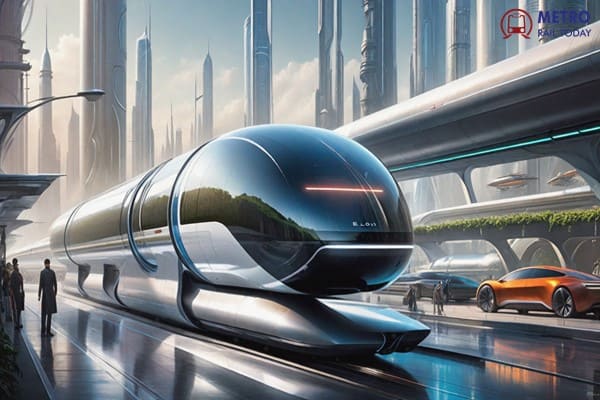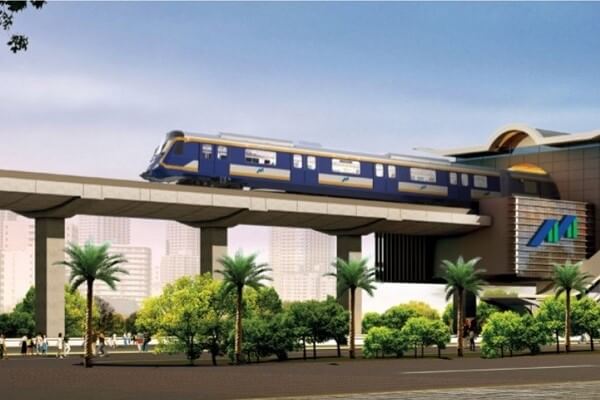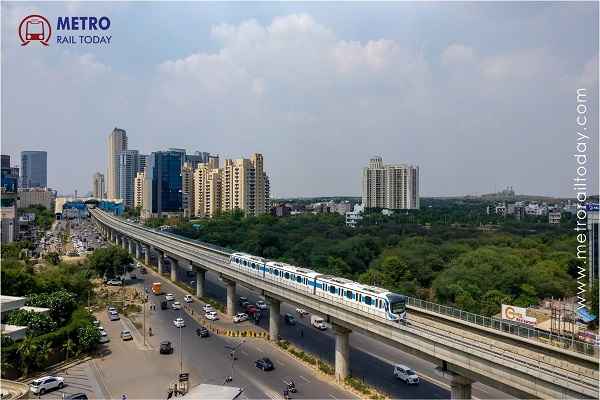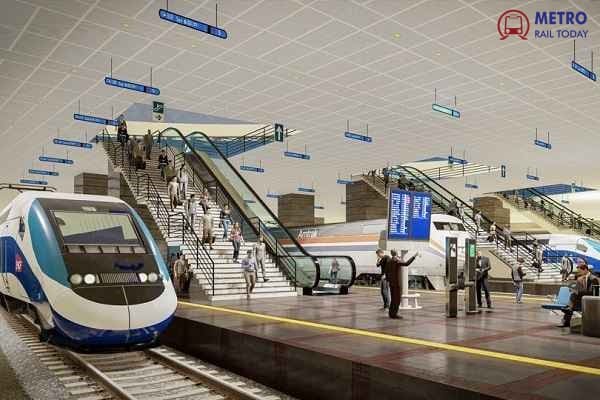 India is building Largest Railway Station in Amaravati - Know all about
India is building Largest Railway Station in Amaravati - Know all about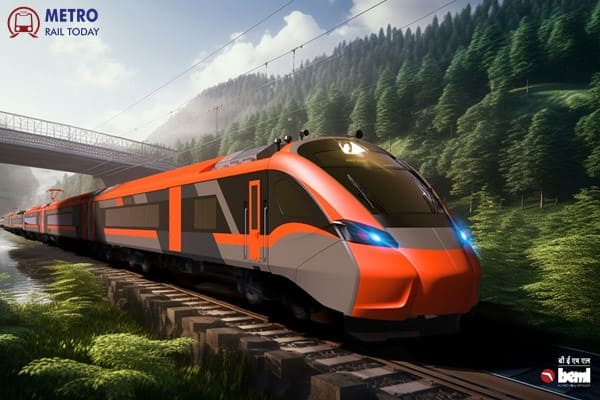 Kineco and BEML forge strategic partnership to strengthen indigenous composite manufacturing
Kineco and BEML forge strategic partnership to strengthen indigenous composite manufacturing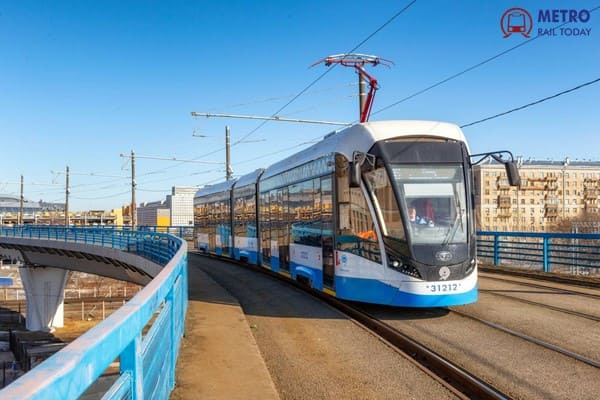 UN blacklists Spanish Trainmaker CAF over activities in Occupied Palestinian Territories
UN blacklists Spanish Trainmaker CAF over activities in Occupied Palestinian Territories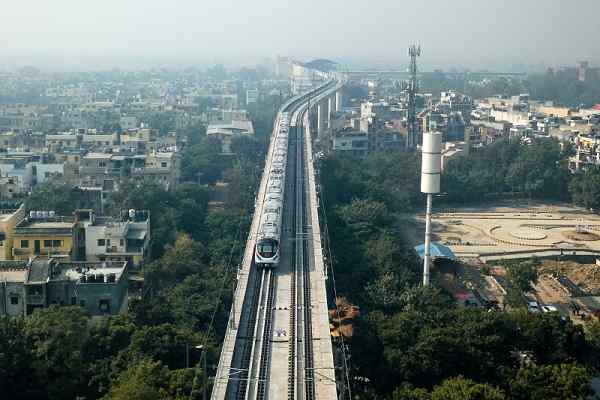 Prayagraj to get full-fledged Metro System, replacing the Metrolite Plan
Prayagraj to get full-fledged Metro System, replacing the Metrolite Plan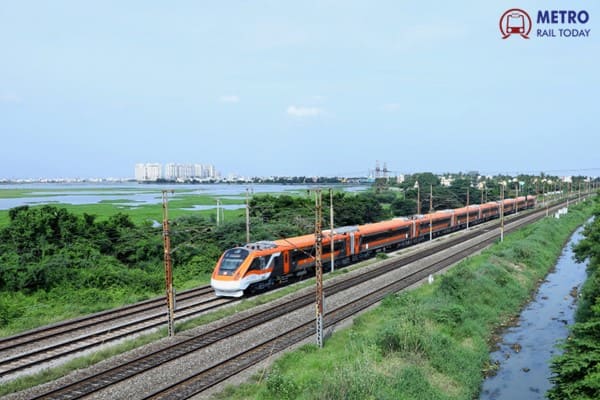 Sensonic & Skylark Drones Join Hands to Revolutionize Rail Infrastructure Monitoring
Sensonic & Skylark Drones Join Hands to Revolutionize Rail Infrastructure Monitoring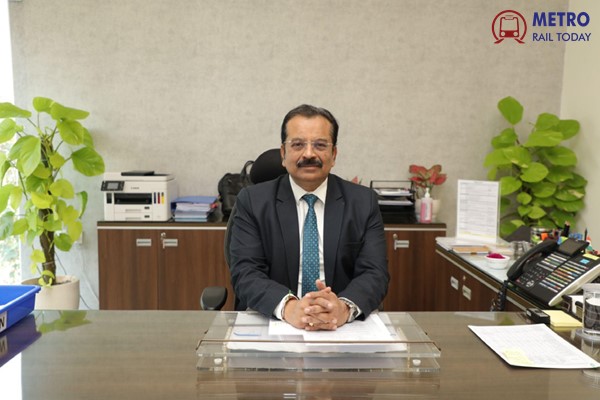 Namo Bharat: Driving India’s Transit Revolution with Sustainability and Seamless Connectivity
Namo Bharat: Driving India’s Transit Revolution with Sustainability and Seamless Connectivity RVNL - The Silent Engine Driving India’s Rail Infrastructure Boom
RVNL - The Silent Engine Driving India’s Rail Infrastructure Boom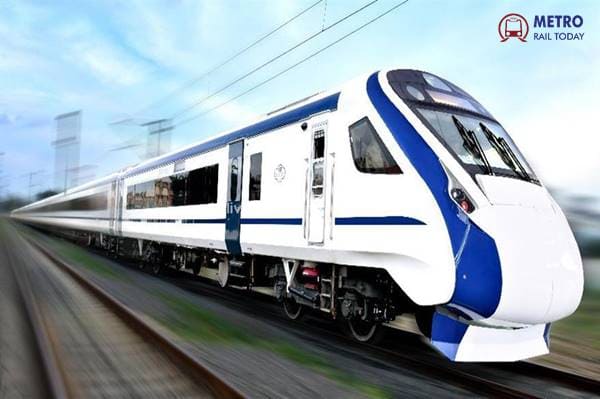 India to introduce 800 Vande Bharat Trains to redefine the future of Indian Railways by 2030
India to introduce 800 Vande Bharat Trains to redefine the future of Indian Railways by 2030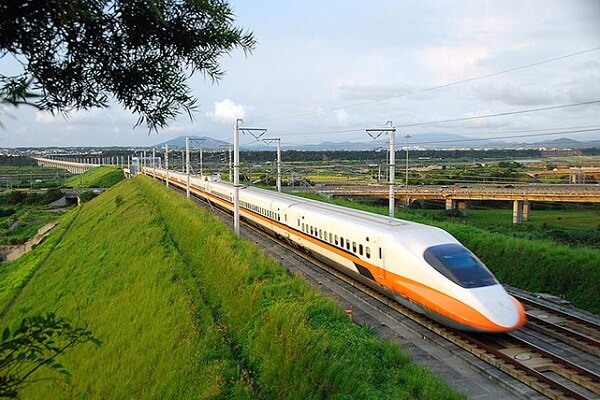 Indian Railways to develop 7,000 km of dedicated Passenger Corridors by 2047
Indian Railways to develop 7,000 km of dedicated Passenger Corridors by 2047 CMRL completes longest Twin Tunnel Breakthrough Drive for Chennai Metro Phase 2
CMRL completes longest Twin Tunnel Breakthrough Drive for Chennai Metro Phase 2
How digital technology is changing Rail and Metro Infrastructure?
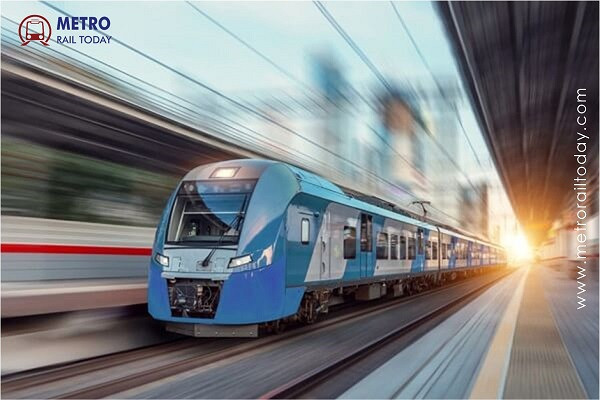
Rail digital technology refers to the application of digital solutions and technologies in the railway industry to improve various aspects of operations, maintenance, passenger experience, and overall efficiency. Here are some key digital technologies used in the rail sector:
1. Internet of Things (IoT): IoT involves connecting physical devices, sensors, and systems to the internet, enabling data collection, analysis, and communication. In railways, IoT devices are used to monitor and gather data from trains, tracks, signaling systems, and other infrastructure. This data can be analyzed to optimize operations, track maintenance needs, and improve safety.
2. Big Data and Analytics: Railways generate large volumes of data, including train schedules, passenger information, maintenance records, and more. Big data analytics techniques allow for the processing and analysis of this data to derive valuable insights. It helps in optimizing train schedules, predicting maintenance requirements, identifying patterns, and improving decision-making.
3. Artificial Intelligence (AI) and Machine Learning (ML): AI and ML technologies enable railways to automate tasks, detect anomalies, and make predictions based on historical data. They can be used for various applications, such as predictive maintenance, real-time fault detection, demand forecasting, and intelligent video surveillance. AI and ML algorithms learn from data and improve their performance over time.
4. Digital Signaling Systems: Traditional signaling systems are being replaced by digital signaling systems, such as the European Train Control System (ETCS) and Positive Train Control (PTC). These systems use digital communication to control train movements, monitor speeds, and enhance safety. They improve signaling accuracy, reduce the risk of human error, and increase network capacity.
5. Mobility Apps and Passenger Information Systems: Mobile applications and digital platforms provide passengers with real-time information about train schedules, delays, platform changes, and ticketing options. These apps also enable passengers to book tickets, check seat availability, and receive notifications during their journey. Digital signage and display systems at stations provide up-to-date information to passengers.
6. Remote Monitoring and Predictive Maintenance: Remote monitoring systems equipped with sensors and IoT devices allow railways to monitor the condition of trains, tracks, and other infrastructure remotely. They collect real-time data on parameters like temperature, vibration, and performance, enabling predictive maintenance. By identifying potential faults or failures in advance, maintenance activities can be scheduled more efficiently, reducing downtime and improving reliability.
7. Cybersecurity: As railways become more digitally connected, ensuring cybersecurity is essential. Robust cybersecurity measures protect critical infrastructure, data, and communication systems from unauthorized access and cyber threats. This includes implementing firewalls, encryption protocols, access controls, and regular security audits.
8. Autonomous and Driverless Trains: Digital technologies are enabling the development of autonomous and driverless train systems. These trains use advanced sensors, AI algorithms, and computer vision to operate without human intervention. Autonomous trains offer benefits like increased capacity, improved efficiency, and enhanced safety.
The integration of these digital technologies in railways is transforming the industry, making it more efficient, safe, and passenger-friendly. Rail digital technology improves operations, maintenance, asset management, and passenger services, leading to a more reliable and sustainable rail transportation system.
Digital technology plays a crucial role in transforming the railway industry by enhancing efficiency, safety, and passenger experience. Here are some key areas where digitalization is making a significant impact in railways:
1. Operations and Maintenance (O&M): Digital technologies enable the optimization of train scheduling, route planning, and maintenance activities. Real-time data collection and analysis help predict and prevent equipment failures, reducing downtime and improving reliability. Remote monitoring systems enable predictive maintenance, ensuring timely repairs and minimizing disruptions.
2. Signaling and Train Control (S&TC): Digital signaling systems, such as European Train Control System (ETCS) and Positive Train Control (PTC), improve safety and capacity on rail networks. These systems use digital communication to control train movements, monitor speed limits, and provide real-time information to train operators. They enhance signaling accuracy, reduce the risk of human error, and facilitate more efficient and reliable train operations.
3. Passenger Experience: Digitalization enhances the overall passenger experience by providing real-time travel information, ticketing solutions, and onboard connectivity. Passengers can access updated train schedules, platform information, and delay alerts through mobile apps or digital displays at stations. Online ticketing platforms enable convenient booking and secure electronic ticketing options. Onboard Wi-Fi and entertainment systems further enhance the travel experience.
4. Safety and Security: Digital technologies play a vital role in enhancing railway safety and security. Video surveillance systems, intrusion detection sensors, and access control systems are implemented to monitor stations, platforms, and critical infrastructure. Artificial intelligence and machine learning algorithms can analyze video feeds in real-time, identifying potential security threats or abnormal behaviors. Data analytics can also help identify patterns and improve safety measures, such as detecting potential track or rolling stock issues.
5. Data Analytics and Decision-Making: Digitalization generates vast amounts of data, which can be leveraged through data analytics and predictive modeling. By analyzing data from various sources, such as train sensors, weather conditions, and passenger information, railway operators can optimize operations, identify bottlenecks, and make informed decisions to improve efficiency and performance.
6. Freight Management and Logistics: Digitalization helps streamline freight management and logistics processes. It enables real-time tracking of shipments, improves supply chain visibility, and optimizes routing and delivery operations. Technologies like Automatic Equipment Identification (AEI) and Radio-Frequency Identification (RFID) enable accurate and automated cargo identification and tracking.
7. Infrastructure Planning and Simulation: Digital tools, such as Geographic Information Systems (GIS) and simulation models, aid in infrastructure planning, maintenance, and expansion. GIS platforms integrate geographical and infrastructure data, allowing efficient asset management and planning. Simulation models help assess the impact of changes in infrastructure, train schedules, or other parameters, facilitating informed decision-making.
Overall, digitalization in railways offers significant benefits, including increased operational efficiency, improved safety, enhanced passenger experience, and better infrastructure management. It enables railways to adapt to evolving demands, optimize resources, and deliver more reliable and sustainable transportation services.
While digitalization in railways brings numerous benefits, there are also some potential disadvantages to consider. Here are a few drawbacks associated with the digitalization of railways:
1. Cost of Implementation: Implementing digital technologies in railways often requires significant investment. Upgrading infrastructure, installing sensors, communication systems, and acquiring new software and hardware can incur substantial costs. Small and financially constrained railway operators may face challenges in funding and implementing large-scale digitalization projects.
2. Cybersecurity Risks: With increased connectivity and digital systems, railways become vulnerable to cybersecurity threats. Hackers and malicious actors may attempt to breach systems, disrupt operations, steal sensitive data, or compromise safety measures. Ensuring robust cybersecurity measures and constantly updating defenses become critical to protecting digital railway infrastructure.
3. Technological Dependencies: Reliance on digital systems introduces dependencies on technology. In the event of system failures, technical glitches, or power outages, disruptions can occur. A complete dependence on digital systems without adequate backup plans or redundancy measures can result in significant disruptions to train operations and passenger services.
4. Workforce Training and Adaptation: Implementing digitalization requires training and upskilling the existing workforce to handle new technologies and systems. Employees need to understand and adapt to the changing work processes and digital tools. Insufficient training or resistance to change can create a skills gap and hinder the successful adoption of digital solutions.
5. Data Privacy and Ethics: Digitalization in railways involves collecting and processing large amounts of passenger data. Ensuring the privacy and protection of this data is essential to maintain passenger trust. Data breaches or mishandling of personal information can have severe consequences. Ethical considerations must also be addressed, such as the appropriate use of passenger data and transparency in data collection and processing practices.
6. Accessibility and Inclusion: While digitalization offers benefits, it can inadvertently create barriers for certain groups. Not all passengers may have access to smartphones, internet connectivity, or the necessary digital skills to use digital services effectively. Ensuring inclusivity and providing alternative means of accessing information and services becomes crucial to avoid excluding passengers who rely on traditional channels.
7. Maintenance and Upkeep: While digital systems can enhance maintenance practices, they also require regular maintenance and updates themselves. This includes software updates, firmware upgrades, and replacing outdated or malfunctioning hardware. Neglecting maintenance of digital systems can lead to vulnerabilities, reduced performance, and potential disruptions.
It's important to address these disadvantages proactively and implement appropriate strategies to mitigate risks and challenges associated with digitalization in railways. By considering these factors, the industry can better harness the potential of digital technologies while minimizing any adverse impacts.





